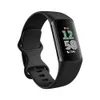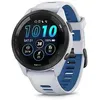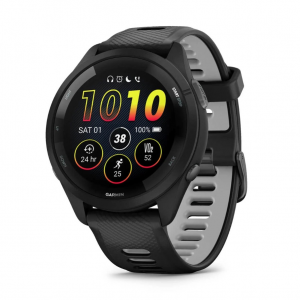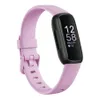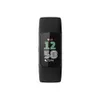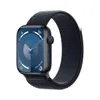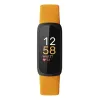Oura announces new Oura Labs feature to fight Samsung Galaxy Ring
The first experimental feature is coming in hot
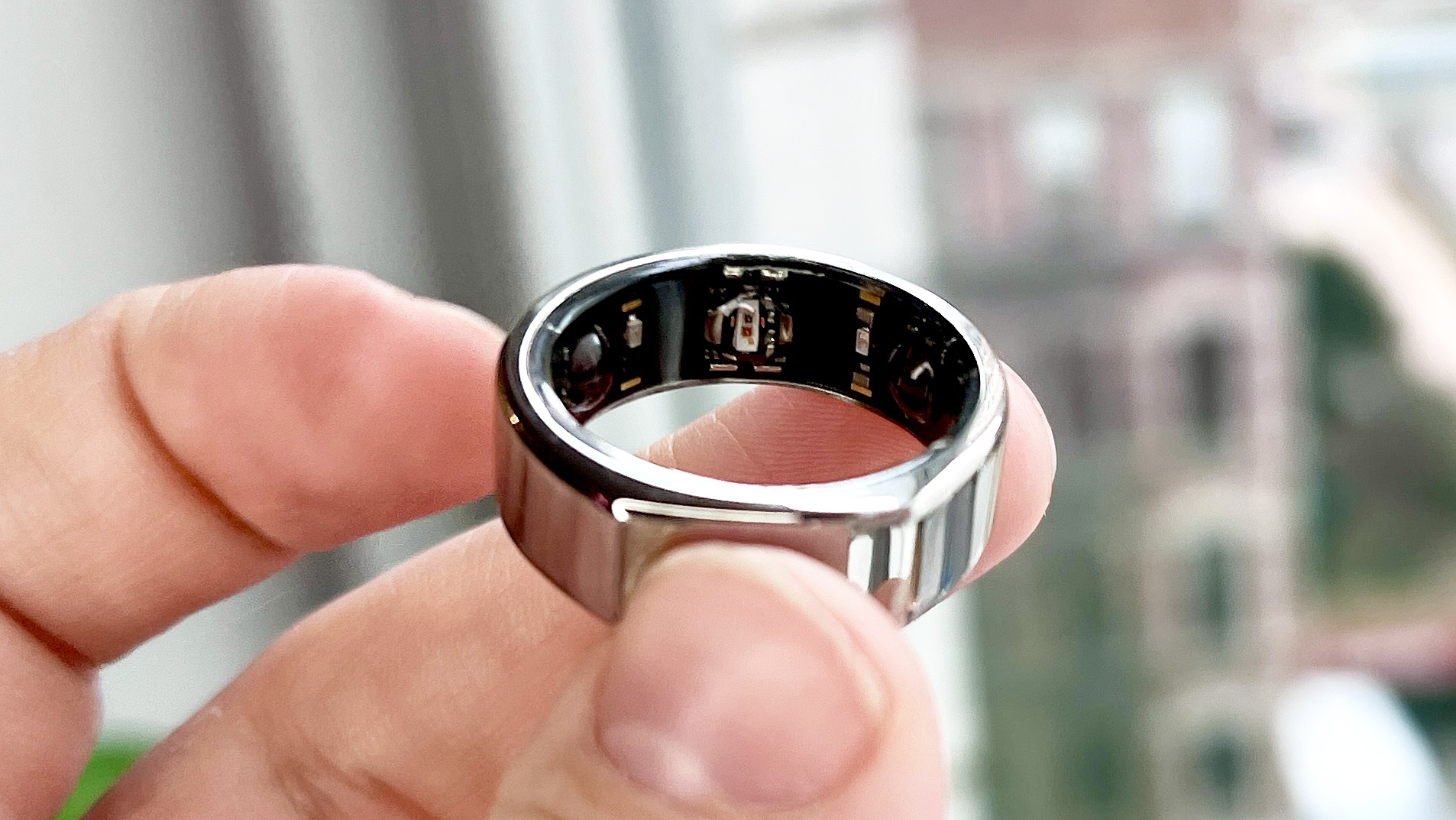
While smartwatches are still the wearable most people turn to, tracking rings like Oura are growing in popularity at an impressive pace. The latest move from Oura, called Labs, lets users try experimental features before they're ready for the masses.
This development comes at an interesting time as the Samsung Galaxy Ring is expected to launch this summer. So it's clear that Oura is trying to keep one step ahead of the competition. The Galaxy Ring is tipped to offer fitness tracking and sleep tracking, plus offer 9 days of battery life vs 7 for the Oura Ring, as well as let you control other smart home devices.
Symptom Radar is the first feature coming to Oura Labs for iOS users. Oura users will be able to report back to the company's team of researchers to let them know how the experimental features are working, making them part of the development process.
What is the first Oura Labs feature?
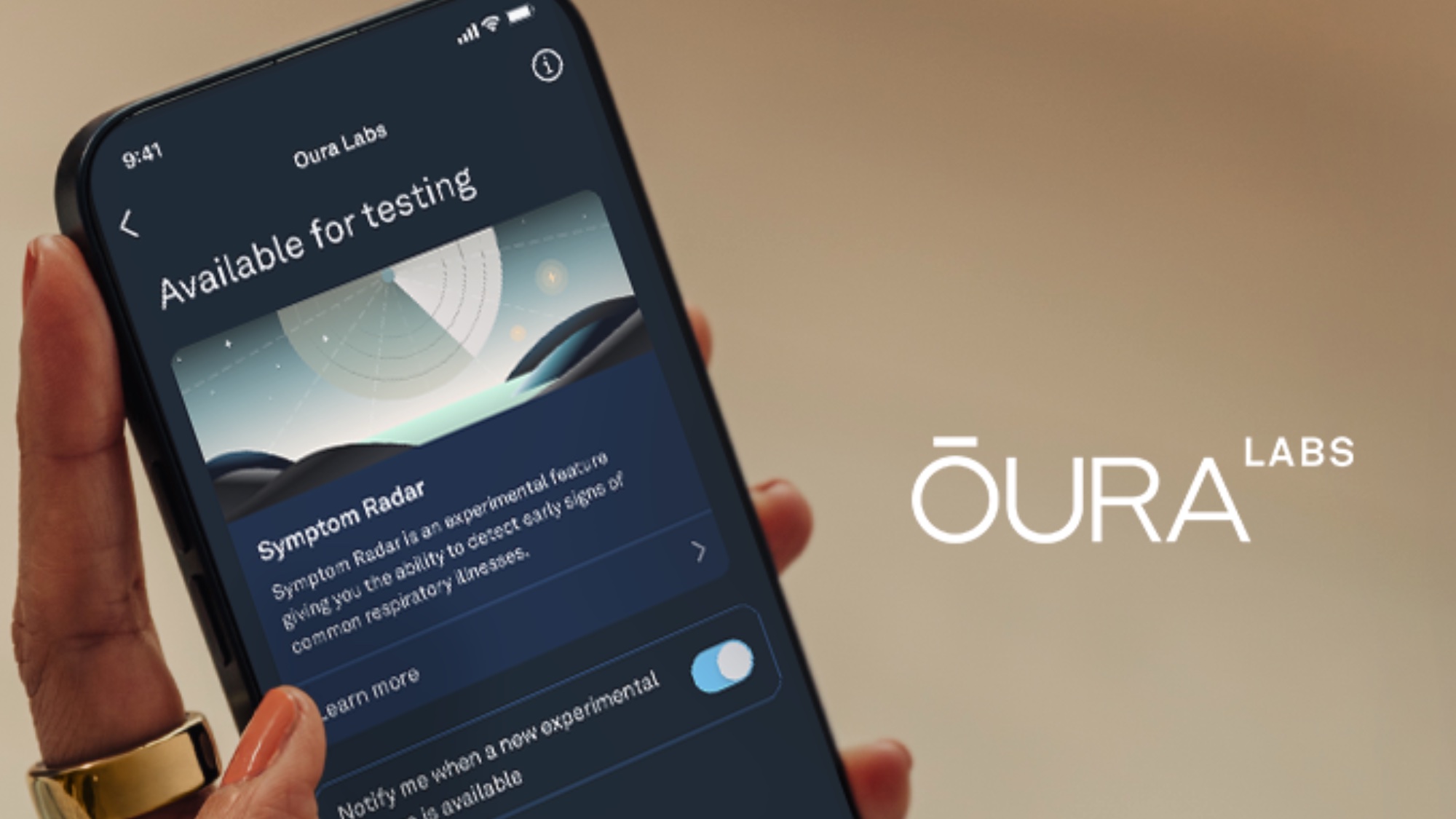
The first big feature users can test is called Symptom Radar, according to an Oura blog post. The feature is designed to track significant changes to certain key biometric readings to find changes over time that could point to an issue.
As far as what's tracked, Oura says the Sympton Radar will monitor body temperature, respiratory rate, resting heart rate and heart rate variability. Should things start to seem off based on the historical data, Oura will notify the user in the Home view under Readiness Score.
"Symptom Radar gives you the ability to better understand and detect changes in biometric signals and trends that could put additional strain on your body. It monitors for significant changes across several biometric trends, including body temperature range, respiratory rate, resting heart rate, and heart rate variability," said the blog post.
Of course, this is still a fitness wearable and it should be noted that Symptom Radar isn't meant to serve as a diagnosis. Instead, it's designed to let you know that something could be wrong and point you to go see your doctor for an actual diagnosis.
Sign up to get the BEST of Tom's Guide direct to your inbox.
Get instant access to breaking news, the hottest reviews, great deals and helpful tips.
Again, this feature is available through Oura Labs, so it won't be available on your device by default. You'll need to join Labs and enable it to try it out. "While Symptom Radar shouldn’t be used as a diagnostic tool, think of it as a way to help you better understand your body’s signals. Always listen to your body first and seek medical care if you’re concerned about any symptoms," the company points out.
How to join Oura Labs and try Symptom Radar
The new features are only available on iOS and for active Gen3 members, so if you're an Android user with an Oura ring, you'll have to sit this one out. If you do have an iOS device and an Oura ring, you'll here's what you need to enable Labs:
- Tap the three-line menu in the upper left-hand corner of the Home screen.
- Tap Oura Labs from the menu that opens.
- Tap Start Testing on the Symptom Radar feature to enable it.
That's all there is to it. Once enabled, you'll be able to tap Give Feedback from the Labs screen to let the Oura team know what you think of the new feature and whether it should be implemented into the main portion of Oura's offerings.
More from Tom's Guide
- iOS 18 reportedly 'biggest' update in history — 9 upgrades coming to your iPhone
- I tried a hydration tracker that syncs with my Garmin watch during sweaty workouts — here’s what I found
- If you own this iPhone Apple says it’s now ‘obsolete’

Dave LeClair is the Senior News Editor for Tom's Guide, keeping his finger on the pulse of all things technology. He loves taking the complicated happenings in the tech world and explaining why they matter. Whether Apple is announcing the next big thing in the mobile space or a small startup advancing generative AI, Dave will apply his experience to help you figure out what's happening and why it's relevant to your life.
